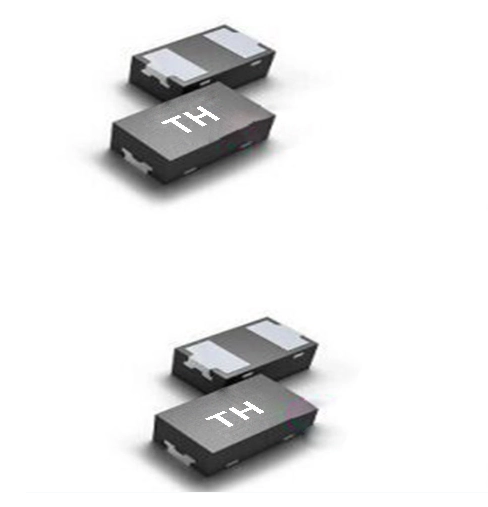When it comes to athletic wear, the fabric you choose can significantly impact your performance, comfort, and overall experience during workouts. With a myriad of options available, understanding the properties of different materials is crucial for athletes and fitness enthusiasts alike. This guide will delve into the best fabrics for athletic wear, highlighting their benefits, drawbacks, and ideal applications.
- The Importance of Fabric in Athletic Wear
Athletic wear is designed to enhance performance while providing comfort and support. The right fabric can help regulate body temperature, wick away moisture, and allow for freedom of movement. Conversely, the wrong fabric can lead to discomfort, chafing, and hinder performance. Therefore, selecting the appropriate material is essential for anyone serious about their fitness journey.
- Key Fabric Types for Athletic Wear
a. Polyester
Polyester is one of the most popular fabrics for athletic wear due to its durability and moisture-wicking properties. It effectively pulls sweat away from the skin, allowing for quick evaporation, which keeps athletes dry and comfortable during intense workouts. Additionally, polyester is lightweight, resistant to shrinking, and retains its shape well, making it an excellent choice for various athletic activities.
Pros:
- Excellent moisture management
- Durable and long-lasting
- Quick-drying
Cons:
- Can retain odors if not properly cared for
- Less breathable compared to natural fibers
b. Nylon
Nylon is another synthetic fabric favored for its strength and elasticity. It is often blended with other materials to enhance stretch and comfort. Nylon is known for its smooth texture, which reduces friction and chafing, making it ideal for activities that involve a lot of movement, such as running or cycling.
Pros:
- High durability and abrasion resistance
- Stretchy and comfortable
- Quick-drying properties
Cons:
- Can be less breathable than other fabrics
- May retain heat in warmer conditions
c. Spandex (Lycra)
Spandex, also known as Lycra or elastane, is renowned for its exceptional elasticity. It is often blended with other fabrics to provide stretch and support. Spandex is ideal for form-fitting athletic wear, such as leggings and compression garments, as it allows for a full range of motion without restriction.
Pros:
- Excellent stretch and recovery
- Provides support and compression
- Enhances mobility
Cons:
- Can lose elasticity over time
- May not be suitable for high-temperature workouts
d. Merino Wool
For those who prefer natural fibers, merino wool is an outstanding option. It is soft, breathable, and has excellent moisture-wicking properties. Merino wool regulates body temperature, keeping you warm in cold conditions and cool when it’s hot. It also has natural odor-resistant qualities, making it suitable for multi-day wear.
Pros:
- Temperature regulation
- Naturally odor-resistant
- Soft and comfortable against the skin
Cons:
- Can be more expensive than synthetic options
- Requires careful washing to maintain quality
e. Bamboo
Bamboo fabric is gaining popularity in the athletic wear market due to its eco-friendly properties and softness. It is naturally moisture-wicking and has antibacterial qualities, making it a great choice for those with sensitive skin. Bamboo is also biodegradable, appealing to environmentally conscious consumers.
Pros:
- Soft and comfortable
- Antibacterial and moisture-wicking
- Eco-friendly and sustainable
Cons:
- Durability can be an issue compared to synthetic fabrics
- May require special care to maintain quality
- Blends and Innovations
In recent years, many athletic wear brands have begun to utilize fabric blends to combine the best properties of different materials. For example, a blend of polyester and spandex can provide moisture-wicking capabilities along with stretch and support. Innovations in fabric technology, such as moisture management systems and temperature-regulating materials, are also becoming more common, enhancing the performance of athletic wear.
- Choosing the Right Fabric for Your Activity
When selecting athletic wear, consider the type of activity you will be engaging in:
- Running: Look for lightweight, moisture-wicking fabrics like polyester or nylon.
- Yoga: Opt for stretchy materials like spandex or a blend that includes cotton for comfort.
- Outdoor Activities: Merino wool or bamboo can provide temperature regulation and comfort.
- High-Intensity Workouts: Fabrics with excellent moisture management and stretch, such as polyester-spandex blends, are ideal.
Conclusion
Choosing the right fabric for athletic wear is a critical factor in enhancing performance and comfort during workouts. By understanding the properties of various materials, athletes can make informed decisions that align with their specific needs and activities. Whether you prefer the durability of polyester, the elasticity of spandex, or the natural benefits of merino wool, the right fabric can make all the difference in your athletic experience. Always consider the activity, climate, and personal preferences when selecting your athletic wear to ensure optimal performance and comfort.

More Stories
How to Set Up Your Outdoor Inflatable Camping Tent in Minutes?
Eco-Friendly Tobacco: A Greener Choice for Conscious Smokers
Elevate Your Fitness Routine: Why a Personalised Gym Bag Is the Ultimate Workout Essential